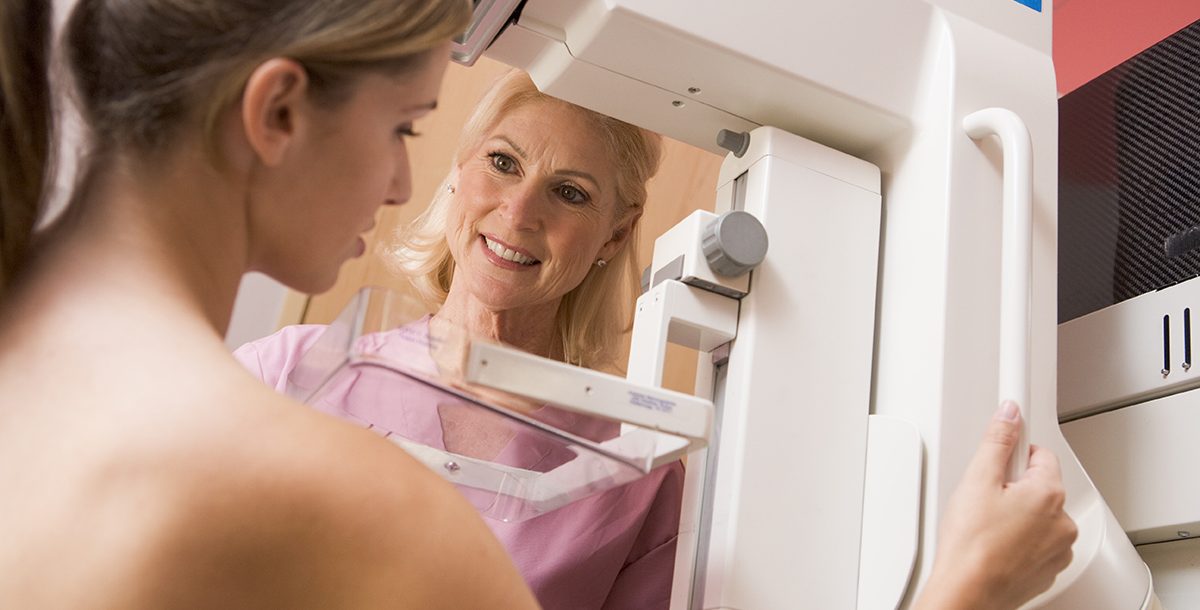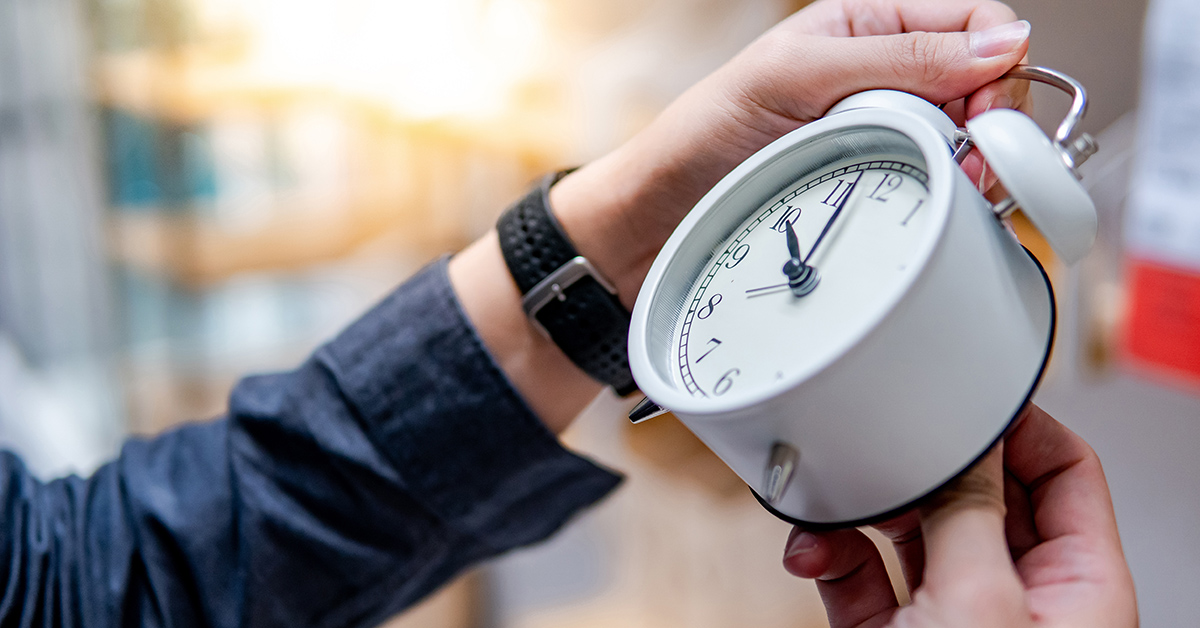If you’re feeling nervous about what to expect and how to prepare for a mammogram, you’re not alone. Many women feel the same way, but overcoming that tension and anxiety is a must in order to ensure you get this critical breast cancer screening.
Approximately 287,850 American women will likely be diagnosed with invasive breast cancer and another 51,400 with ductal carcinoma in situ (DCIS) in 2022. It’s more common among women, but an estimated 2,710 men get diagnosed annually.
Getting a mammogram is essential for taking care of your health and catching the potential disease early when it’s treatable. Knowing what to expect at a mammogram can help make it a little less intimidating.
What is a mammogram?
Understanding how a mammogram works can make you feel more prepared. Mammograms are a special type of X-ray. A technician will help you place your breasts, one at a time, on the machine’s plates. During the imaging, another plate will press down on the breast to flatten it during the imaging process. You’ll repeat the steps to get a side view before switching sides.
How long does a mammogram take?
The entire test typically takes about 30 minutes, including waiting time. The breasts are compression for about 30 seconds. You’ll have to wait while the technologist makes sure they’ve got the necessary images. Sometimes, the process has to be repeated, which could add a little time to the test.
Are mammograms covered by insurance?
The majority of insurance carriers consider mammograms medically necessary screening tools. Insurance typically pays for mammograms for women aged 30 or older with a family history or other risk factors. Women aged 40 and older typically receive coverage for annual screening. Check with your carrier to verify your coverage.
Does Medicare cover mammograms?
Medicare does cover mammograms. It pays for a baseline mammogram once in a woman’s lifetime when they’re between 35 and 39 years old. It also pays for annual screening mammograms for women aged 40 and older.
How to prepare for a mammogram
Timing is everything when scheduling and preparing for a mammogram. Aim to schedule for the week after your period if you’re still menstruating to avoid increased tenderness. Other tips to help get you ready include:
- Bathe the morning of your test or the night before your mammogram.
- Bring records of any procedures or tests you’ve had on your breasts, including prior mammogram images, if applicable.
- Eat and drink normally.
- Take daily medications.
- Reduce caffeine intake three days before the test to reduce tenderness.
What not to do before a mammogram
Skip deodorant, and don’t apply powders, creams, lotions and perfumes, too. Most of these products have ingredients that can show up on X-rays and look like potential problems. Don’t wear a dress or a one-piece outfit. Otherwise, you’ll have to be totally undressed instead of being able to wear bottoms with your gown. Also, skip neck jewelry on the day of the test.
Try not to be scared and get some sleep on the night before a mammogram. Everyone’s usually a little nervous. It’s common, but many women only feel mild discomfort that’s over very quickly. And the benefits of early detection outweigh any possible nervousness you’re feeling.
What should you tell your technologist?
Make sure you bring the name and phone number of the doctor who ordered your mammogram so the facility knows where to send the results. Additionally, tell your technician about any problems or changes with your breasts. Other things to mention include:
- If you have trouble standing on your own
- If you’re breastfeeding or might be pregnant
- If you have implants
When should you start getting mammograms?
Most people get their first mammogram around age 40. The right time to start getting this test depends on many factors, most notably your personal history and risk factors. Depending on your risk factors, your doctor may want to start testing you as early as 30.
Screening mammogram vs. diagnostic mammogram
Screening mammograms are a prevention screening tool that checks for breast cancer in someone who doesn’t have any symptoms. A diagnostic mammogram is a tool that provides more detail. Doctors use these tests when someone does have potential breast cancer signs and symptoms and they want to confirm or rule out cancer. Examples of symptoms include:
- Lumps
- Breast pain
- Discharge from the nipple
- Breast shape or size changes
- Thickening breast skin
How long does it take to get mammogram results?
Don’t expect the mammogram technologist to be able to give you any information on the day of your test. Results take anywhere from a few days up to 30 days. In the case of some diagnostic mammograms, same-day test results are possible.
Don’t delay, schedule your preventive breast care today
Your breast health is too important to procrastinate. The earlier any cancer is caught, the more treatable it is. That’s why regular mammograms and other preventive care are so important.
Learn more about preventive breast care or schedule your mammogram by speaking with your primary care provider. You can also talk with your doctor about any questions you have about how to prepare for a mammogram or any other aspect of the test.





